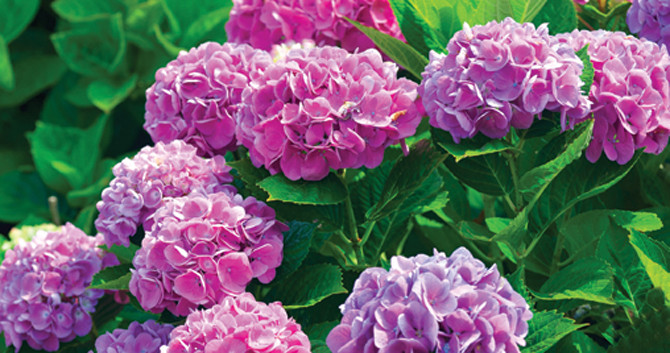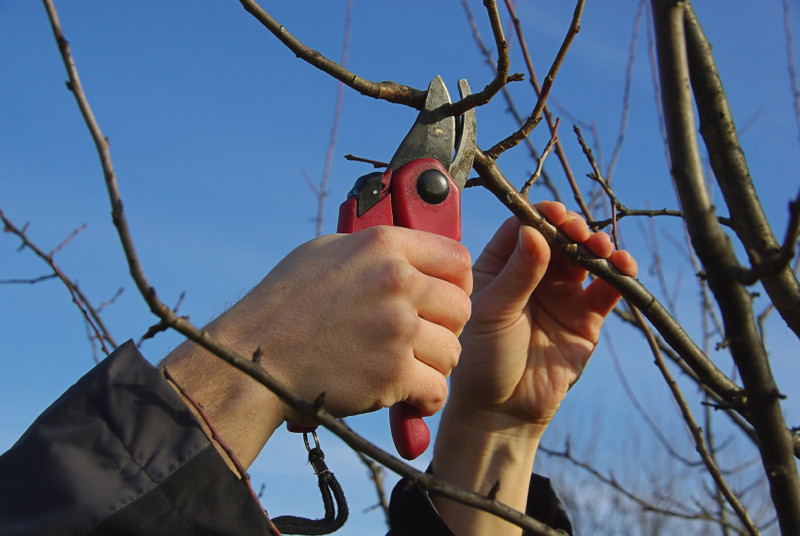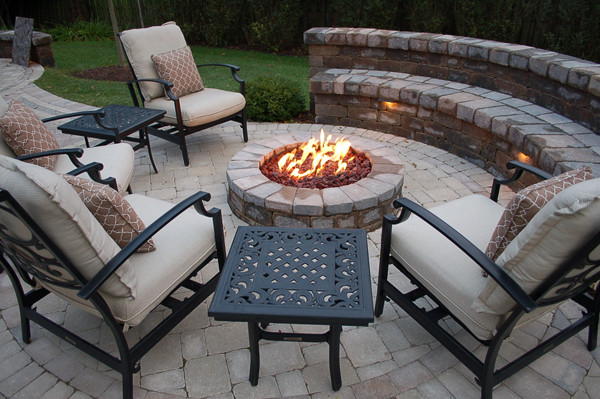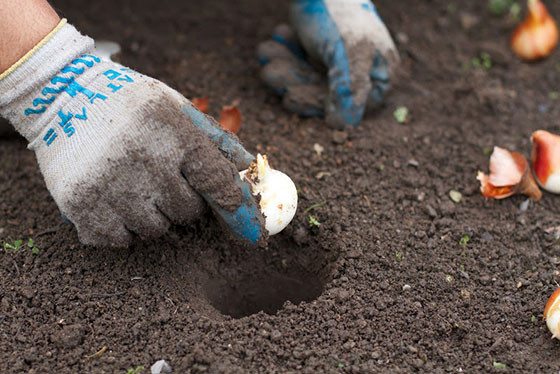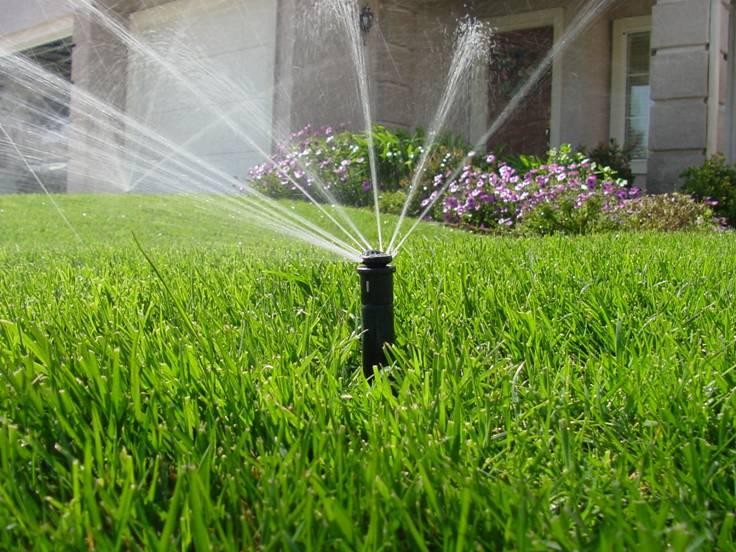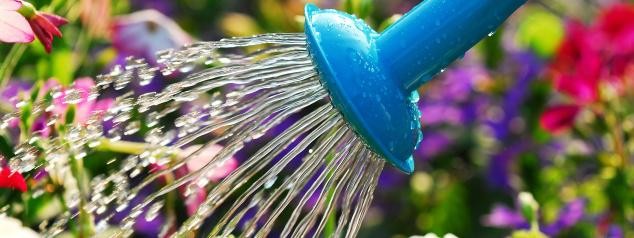 Buffalo & WNY Lawn & Landscape Blog
Buffalo & WNY Lawn & Landscape Blog
Is That Poison Ivy? What to Look for and How To Get Rid of Poison Ivy.
Jul 1st, 2015
.jpg)
Exposure to poison ivy is the worst, especially if you are sensitive to its toxic oil. Fortunately there are precautionary steps that can be taken to avoid this dangerous plant. First and most important, make sure you know how to properly identify poison ivy. There is a little saying to help you identify if that is poison ivy in your landscape; “Leaves of three let them be.” Know what it looks like and be safe rather than sorry. NYS has a list of all poisonous plants that you can see by clicking here.
Leaves of the poison ivy plant are shiny and thin, and young leaves are bright green with a hint of red or orange. The edges are jagged and of course they occur in threes. One leaf is at the end of the stem and two other leaves form exactly opposite each other. During early summer, you may see white or green berries or small white flowers around the stem. Look up and down for the feisty leaves- they can be discovered anywhere. An unloved area of your yard is a good place to investigate. Once it has taken hold, the vine can get thick and hairy and grow up a tree or fence, side of a garage or infiltrate another unsuspecting bush.
Poison ivy is very hardy and has aerial roots, not needing soil to survive. It can thrive under decks, in stairwells and sheds. It can grow on rocks, on a trellis, swing set, patio, retaining wall, hardscape or interlocking masonry. It can also crop up among other landscaped areas of your lawn, backyard or pool area. If you are lucky enough not to have been exposed yet you’re going to want to play it safe when trying to kill off this invasive plant. Here are a few types on steps to take when tackling poison ivy in your landscape:
1. Covering your whole body (long pants, long sleeves, socks, boots and even a hat) is essential to protect skin from the oil that will cause the allergic reaction.
2. Use plastic disposable gloves rather than cotton gardening gloves, as the oil on the leaves can soak right through the cotton. Certain creams can create a barrier to the oil and can be applied before removing the poison ivy from your yard or garden.
3. Use a poison ivy killer. This product can be found at your local garden center. Be sure to read all instructions on the bottle before spraying, and only spray when it’s not windy and the leaves are dry. The poison ivy killer has to be absorbed from the foliage of the plant to kill off the root system.
4. Disposing of the harmful leaves, stems, berries and vines can create a problem. Use plastic lawn bags, tie them securely and ensure there are no holes or vines sticking out anywhere.
Even with these many precautions, it is still possible for leaves come in contact with your body. If this happens, be sure to wash with soap and water immediately to prevent the oil from binding to your skin. If you do end up “getting poison ivy” never scratch the area that is affected. Vigorously wash with soap and water and find a product right away that contains hydrocortisone to relieve the itching. Prevent children or even pets from going near the infected area until it is affirmed that the poison ivy is gone. Keep the area clean
If this seems like a project you may not want to handle, be sure to call the professionals at Dreamscapes. We have the tools and the experience to expertly conquer the threat so you can regain the use of your outdoor space for summer entertaining.


